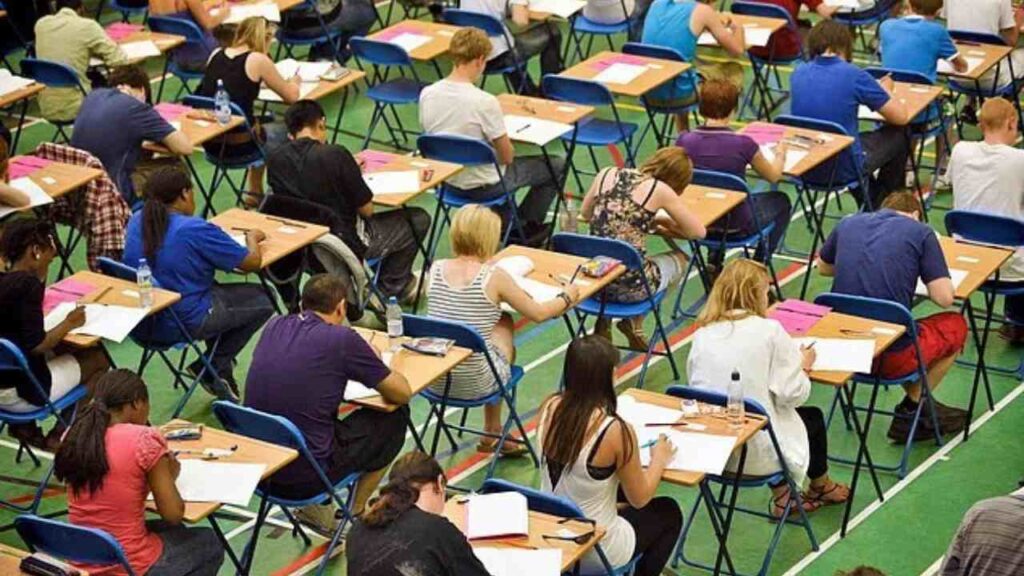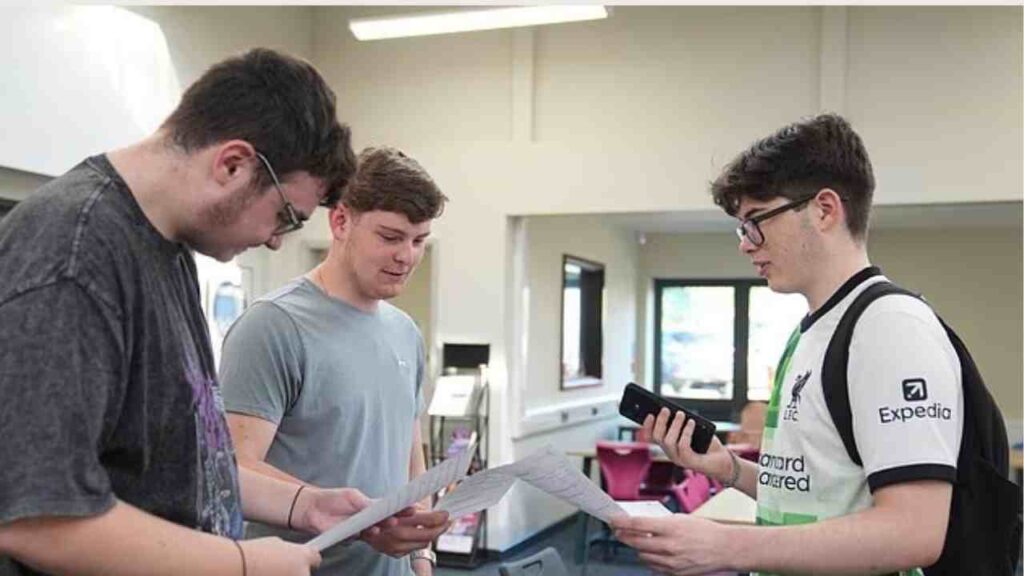Education Secretary Calls Low Achievement Rates Among White Working-Class Pupils a ‘National Disgrace’
White pupils have emerged as the demographic group least likely to gain admission to Britain’s most prestigious universities, with official government data revealing significant disparities in higher education access across ethnic lines.
The Numbers Tell a Stark Story
Department for Education (DfE) statistics show that only 11.7% of white pupils attend the highest-ranking third of universities by age 19 — the lowest rate among all ethnic groups studied. This figure falls below the rates for black pupils (12.1%), mixed-race students (15.5%), and significantly trails Asian students (18.6%).
The disparity becomes even more pronounced when examining white pupils from low-income families, representing one of the lowest-achieving demographic categories in British education. A mere 3% of these students successfully gain entry to ‘high-tariff’ universities — institutions defined by their stringent entry requirements and academic prestige.

Government Response and Concerns
The findings have prompted Education Secretary Bridget Phillipson to designate raising standards for white working-class pupils as a government priority. Speaking last week, she condemned the situation as a “national disgrace,” arguing that too many students from this background are being “written off” by the education system and failing to reach their academic potential.
“This Government is committed to supporting the aspiration of every person who meets the requirements and wants to go to university — regardless of their background,” a DfE spokesperson stated. “We know baked-in inequalities remain in our education system, which is why universities must do more to expand opportunity and improve outcomes for disadvantaged students.”
Expert Analysis: Cultural Attitudes Toward Education
Professor Alan Smithers of Buckingham University offered insight into the underlying factors driving these disparities. He highlighted the remarkable educational achievements of ethnic minority students in Britain, suggesting cultural attitudes toward education play a crucial role.
“It is striking how well young people from the ethnic minorities do in education in this country,” Professor Smithers observed. “Some of those who were born abroad come from countries where if you don’t earn, you don’t eat. They understand the crucial role that education plays in living the good life, whereas young people in this country have grown used to being supported by the state.”
Migration Background Makes a Difference
The data reveals another significant trend: students with migrant backgrounds substantially outperform their British-born counterparts in university access. While 42.8% of native English speakers progress to higher education, this figure jumps to 60.9% for students whose first language is not English.
This pattern suggests that recent immigrant families may place greater emphasis on educational achievement as a pathway to social mobility and economic success in their adopted country.
Challenging Assumptions About Institutional Racism
Professor Smithers argued that the data contradicts claims about institutional racism in British universities, pointing to the strong performance of ethnic minority students as evidence of institutional openness.
“The myth of university racism comes from the US and has been taken up by sociology departments in this country, which can become training grounds for activists who spend their years on campus seeking out every small sign that can be interpreted as racism,” he said.
The statistics appear to support his assertion that universities are “welcoming to ethnic minorities,” given their higher rates of admission to prestigious institutions compared to white students.
The White Working-Class Challenge
The data highlights a particularly acute problem affecting white working-class communities, where a combination of economic disadvantage and cultural factors appears to create barriers to educational achievement. With only 3% of low-income white pupils reaching top universities, this demographic faces challenges that extend beyond simple economic constraints.
Educational experts suggest that addressing this issue will require targeted interventions that account for both material disadvantages and cultural attitudes toward higher education within these communities.
Scope and Limitations of the Data
The analysis covers 2023/24 academic year data — the most recent available — and focuses specifically on pupils who attended English state schools. The figures do not include students from private schools or those educated in Scotland, Wales, and Northern Ireland, potentially limiting the broader applicability of the findings.
Implications for Educational Policy
These disparities raise important questions about educational equality and the effectiveness of current support systems for disadvantaged students. The government’s acknowledgment of “baked-in inequalities” in the education system suggests that addressing these issues will require comprehensive policy reforms rather than superficial adjustments.
The challenge facing policymakers is developing targeted interventions that can address the specific barriers preventing white working-class students from achieving their academic potential while maintaining support for all disadvantaged groups.

Looking Forward
As the government prioritizes support for white working-class pupils, the success of these efforts will likely be measured not just in university admission rates but in broader educational outcomes and long-term social mobility. The data serves as a stark reminder that educational inequality in Britain takes complex forms that require nuanced understanding and targeted solutions.
The findings underscore the need for continued monitoring of educational outcomes across all demographic groups to ensure that efforts to support one underperforming group do not inadvertently disadvantage others or overlook emerging disparities in the system.






